Everyone wants to know about Clean Carbs. But first, I want you to understand good carbs vs bad carbs. This knowledge will provide you with decision making power for now and your future as you choose nutrient dense foods to provide the most health benefit. In this article, I will show you how to choose clean carbs in their most natural “whole” form and the importance of whole foods.

- Low-Calorie, Low-Fat and Low-Carb Dieting Mess
- Good Carbs VS Bad Carbs
- How to Choose Good Clean Carbs
- Did You Know? Good “Whole” Clean Carbs are Slimming
- Plus, Fiber-Rich Foods Help You Feel Full Longer
- Big List of Clean Carbs
- The Ultimate “Clean” Fuel
- Do Not Restrict Carbs
- Choosing “Whole” Clean Carbs
- Identifying and Avoiding Bad Carbs
- Easy to Memorize, Hard to Quit!
- Avoid Empty Carbohydrates
The truth between goods carbs vs bad carbs carbohydrates has been trapped in a labyrinth of erroneous information for decades. The average person, even the average health and nutrition conscious person, is admittedly confused about carbohydrates on some level.
TABLE OF CONTENTS: This article about clean carbs has grown over the years to include additional research and frequently asked questions by our readers. Use this guide to help you find the areas of this article with ease.
- Low-Calorie, Low-Fat and Low-Carb Dieting Mess
- Good Carbs VS Bad Carbs
- How to Choose Good Clean Carbs
- Clean Carbs are Slimming
- Big List of Clean Carbs
- Do NOT Restrict Carbs – Here’s Why!
- Identifying and Avoiding Bad Carbs

Low-Calorie, Low-Fat and Low-Carb Dieting Mess
In this era of food subtraction, low-calorie, low-fat and low carbohydrate dieting has created a whole lot of disinformation. The benefits associated with eating a “whole food” diet including plenty of “whole” clean carbs has been largely overlooked.
The whole foods approach to eating is superior to all other dietary lifestyles when it comes to preventing coronary heart disease. For example, a healthful whole food lifestyle including plenty of “whole” clean carbs and conventional dieting when it comes to heart disease can be greater than 70 percent. Which is far greater than the benefit offered by medications such as aspirin, beta-blockers, cholesterol-lowering drugs or any other pills on the market for that matter.
Simply Understand That Low-Carb Diets are Unhealthy
Low-carb diets are not only unhealthy but can actually be dangerous. Complications such as increased cancer risk, lipid abnormalities, impairment of physical activity, osteoporosis, kidney damage, and even sudden death. These can all be linked to long-term restriction of carbohydrates in the diet.
A 2018 study by Blue Zones shows that low-carb diets can lead to a shorter lifespan. Now that doesn’t sound good at all! Unfortunately, a lot of health and weight conscious people still think low-carb is the way to go.
Sure, some carbs (I call them “empty carbs”) are terrible for your health and waistline, but other carbs are slimming and nutritious. Understanding the difference between good carbs vs bad carbs and that all carbs are not equal.
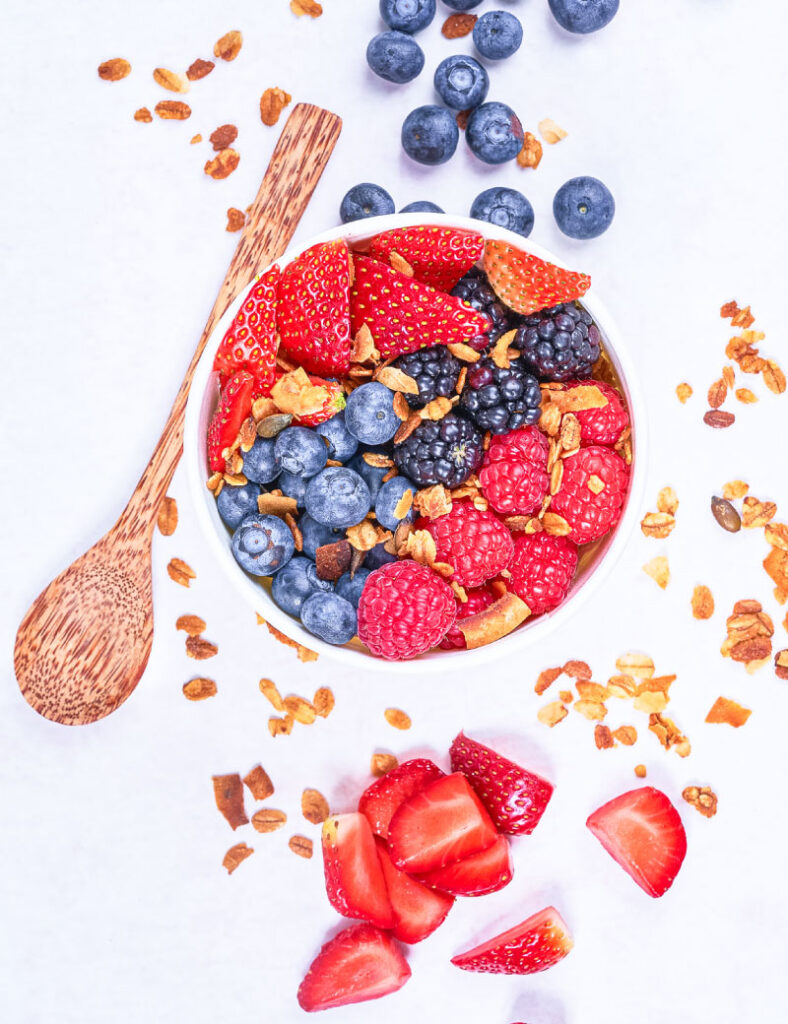
Good Carbs VS Bad Carbs
Knowing how to distinguish good carbs vs bad carbs is as simple as learning the difference between empty carbs and whole clean carbs. If you are serious about clean eating you need to be serious about eating clean carbs. Choosing the right ones and avoiding the bad ones makes a BIG difference. Trust me.
How to Choose Good Clean Carbs
“Whole” or clean carbs are carbohydrate foods in their most natural and unrefined form. In other words, foods such as fruits, vegetables, whole grains, corn, peas, legumes, beans, potatoes, etc. are all “whole” food carbohydrates.
By whole grains, I mean oatmeal, quinoa, amaranth, brown or black rice.
In fact, these “whole food” sources of carbohydrates are brimming with all sorts of good-for-you stuff such as fiber, antioxidants, phyto-chemicals and vitamins. These are the clean carbs you definitely do NOT want to avoid. Try to increase your intake of these nutrient-rich carbs by eating more vegetables and fruits!
Did You Know? Good “Whole” Clean Carbs are Slimming
“Whole” clean carbs are nutrient-dense, fiber-rich and possess a synergistic set of anti-aging, weight-reducing properties.
In fact, a multi-center study of 4,451 people published in the Journal of the American Dietetic Association found the slimmest people actually ate the most carbs. They chose “whole” plant sources such as fruits, vegetables, and whole grains while the heaviest people ate the fewest carbs (2). This research actually concluded your odds of getting and staying slim are best when carbs comprise up to 64% of your daily calorie intake, obviously a far cry from the typical low-carb diet!
The nutrients in whole carbs work on many levels to keep you slim. For starters, nutrients help curb food cravings and supply your body with the nutrients it needs to burn fat and support a healthy metabolism. And the fiber in whole carbs is probably your most reliable ally when it comes to shedding pounds and attaining a trim physique.
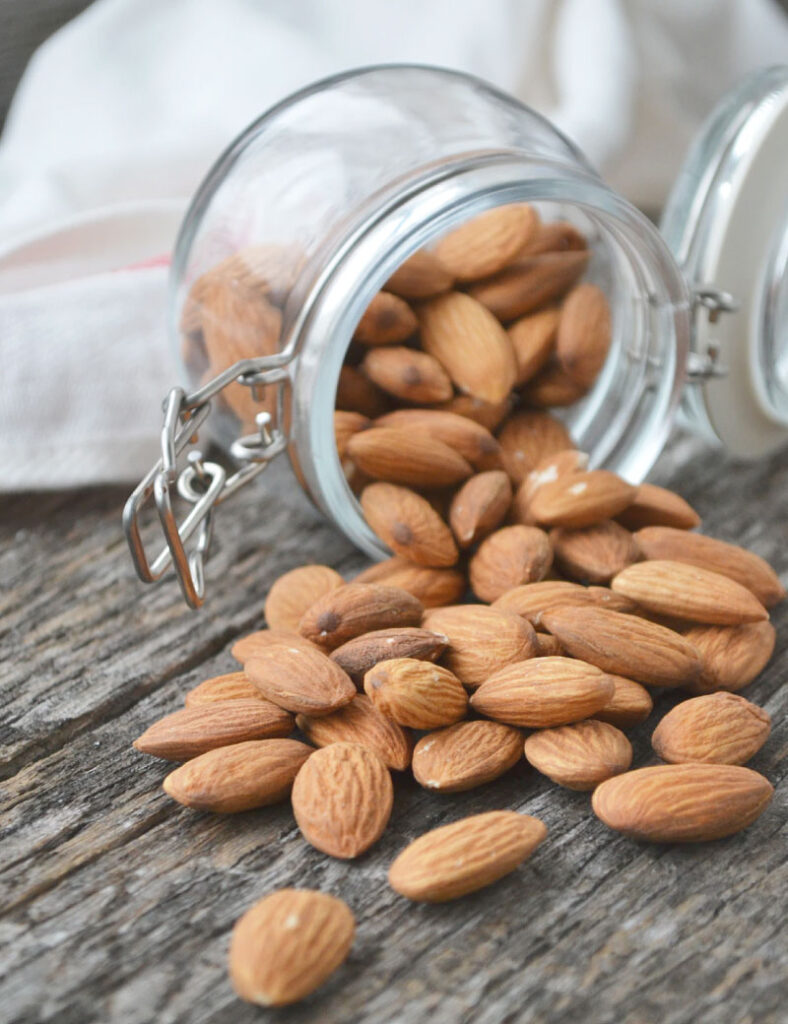
Plus, Fiber-Rich Foods Help You Feel Full Longer
Fiber-rich foods are slowly absorbed, so they help you feel full longer. This has been proven to result in ultimately eating fewer total calories over the course of the day. The slower the food is absorbed the less impact the non-fiber carbohydrate calories have on your blood sugar level.
Therefore, less of the “fat storing” hormone insulin will be secreted. And, because your body has to work hard to digest fiber, many additional calories are burned through a process called thermogenesis. Thermogenesis is the generation of heat energy that occurs following digestion. So, in a way, fiber consumption boosts your overall metabolism.
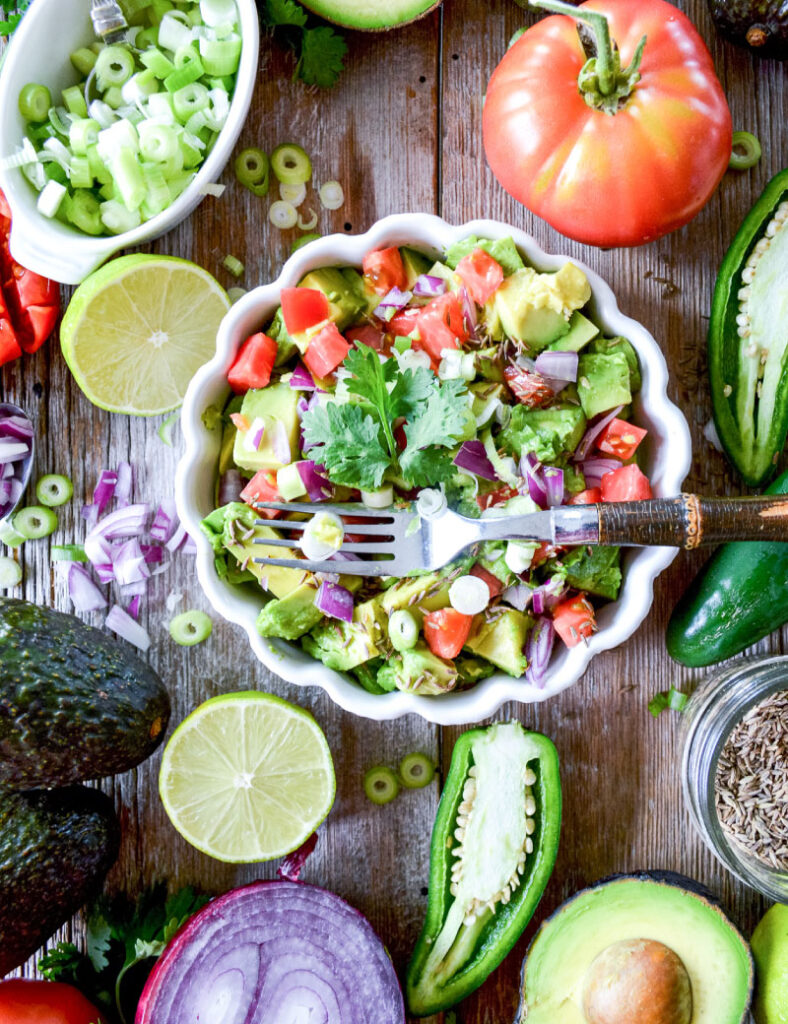
Big List of Clean Carbs
It’s important to be able to identify and knows ways to add more clean carbs into your diet. Bottom line is, you don’t want to shun away from carbs. You just want to learn to select carbs in their nutrient-rich “whole” form. Luckily, there are lots of yummy “whole” carbs to choose from and we’ve added some easy recipes to help integrate into your menu too.
#1: Eat an Array of Fruits and Vegetables
Unrefined plant foods are the only source of anti-inflammatory, anti-aging phytonutrients. These clean carbs play a key role in the health benefits obtained from eating clean. Phytonutrients are substances that protect the plant and fortify it against illness, but they also offer invaluable disease protection and anti-inflammatory benefits to YOU, the plant-eater.
- Cauliflower Hummus – Creamy, vegetable based and great for dipping!
- Spaghetti Squash – Easy substitute for pasta or add to a whole grain gluten free pasta recipe.
- Pureed Vegetable Soup – Perfect to make in advance and eat throughout the week.
#2: Gluten-free Flours and Whole Grains
We like to choose flour-free whole grains such as: oatmeal, quinoa, brown rice, black rice, amaranth and cassava. It’s easy to integrate whole grains into your diet by choosing a whole grain gluten free flour.
- Baked Oatmeal with Wild Blueberries – Delicious make-ahead breakfast.
- Tabbouleh with Quinoa – Tasty Mediterranean dish that’s perfect with grilled chicken or as a side dish.
- Chicken with Brown Rice – Skip the white rice and go right for the whole grain goodness in brown rice.
#3: Peas, Legumes and Beans
These clean carbs are also resistant starches and a super clean source of protein. Plus, they offer some incredible weight loss options when used appropriately.
- Green Pea Side Dish – Loaded with flavor, these savory green peas will become a family favorite.
- Instant Pot Chili – Perfectly cooked (also we give you slow cooker method too) and loaded with plant-protein from the pinto and kidney beans.
- Baked Beans – Skip the can and make baked beans at home!
#4: Potatoes including Sweet Potatoes!
We get asked a LOT if potatoes are fattening or healthy and we finally wrote all about it here. Learn the benefits of eating potatoes and stop avoiding them in their natural state. Check out our amazing Potato Skin Recipe here.
- Twice Baked Potatoes – Perfectly seasoned for any time of year.
- Hasselback Potatoes – Fancy on a plate, but easy to make and the flavor is outstanding.
- Sweet Mashed Potatoes – If you’re a fan of sweet potatoes, this dish is for you!
Knowing the difference between good carbs vs bad carbs will make it easier to choose healthy options that will improve your overall body function.
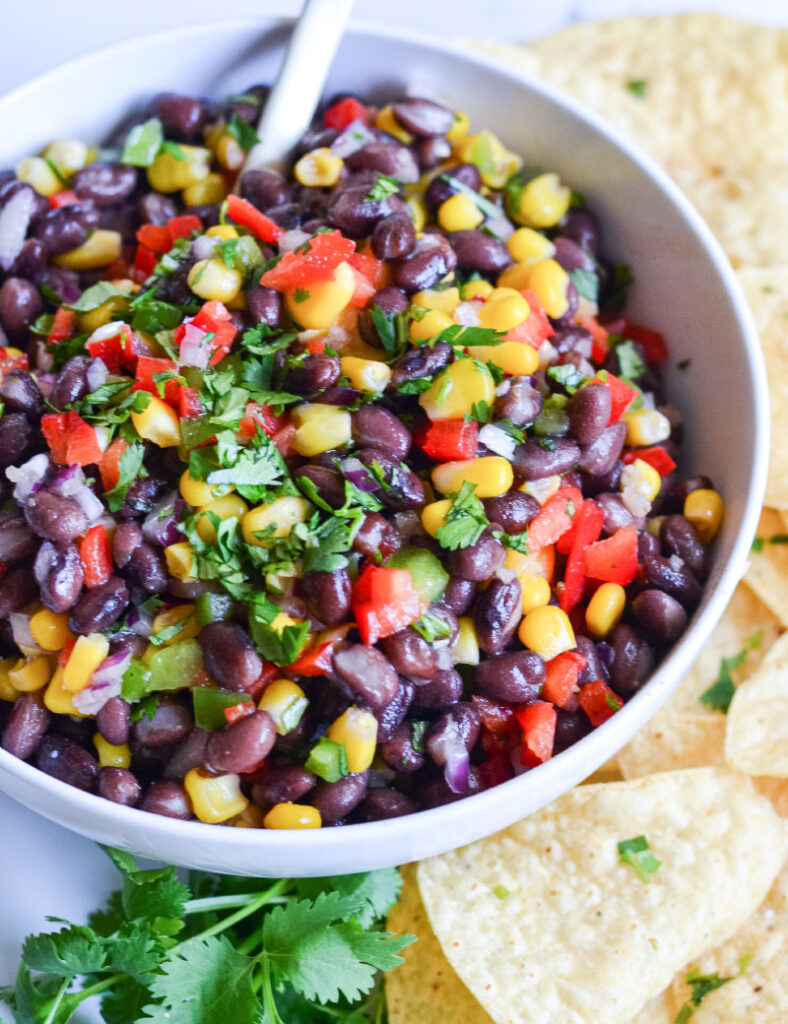
The Ultimate “Clean” Fuel
Our brain and muscles cells are designed to operate on carbohydrates. In fact, glucose, a carbohydrate, is the primary fuel for your brain and muscles. Your body does just about everything it can to make sure you have enough glucose available at all times.
Carbohydrates are also nature’s “cleanest” burning fuel source for your body. Carbohydrates burn “clean” because they turn into glucose, water and CO2, which you breathe out with every breath. If your body doesn’t get enough of them, it senses starvation and sends “FEED ME” signals pretty loud and clear.
Do Not Restrict Carbs
It is absolutely true that if you restrict carbs your body will turn to fat reserves for fuel. The problem is stored fat and protein do not burn clean. Toxic byproducts of protein and fat metabolism called ketones and aldehydes will make you miserable and sick.
These toxic by-products make your skin smell, cause bad breath, cloud your thinking and do nothing to promote health. Your body turns to protein and fat as a mechanism of survival all in an effort to get the “clean” carb fuel in the form of glucose it needs.
Yes, you might lose weight temporarily on a carb-restricted diet. But, only a portion of the weight is actually from fat. The rest of the weight loss is from water and metabolically active lean muscle mass.
Choosing “Whole” Clean Carbs
“Whole” clean carbs come packaged with all sorts of nutrients, including fiber. Plus, they are a supporting cast of antioxidants and phytonutrients that fight aging and disease. While oxygen is essential to life, some unstable oxygen molecules (free radicals), can attack cell membranes and even damage our genetic code (DNA). Thus lighting the spark that can begin a deadly cancer cascade.
Anti-Aging and Antioxidant Benefits
Yet “whole” clean carbs contain a broad spectrum of anti-aging antioxidants such as vitamin C and A, lycopene and many others. These carbs can actually neutralize the damaging effects of free radicals and fight cancer and other diseases at the cellular level, before disease begins.
The powerfully protective phytonutrients present in “whole carbs” such as chlorophyll, flavonoids and carotenoids have additional anti-aging, antioxidant properties. These not only help plants in nature defend against bacteria, insects and bad weather but also help YOU, the plant-eater, fight inflammation, slow aging and prevent disease.

Identifying and Avoiding Bad Carbs
Empty carbs are a whole other story and it’s not a good one. Choosing bad carbs can cause a terrible cascade of trouble whenever they are eaten. The good news is they are pretty easy to identify. Contrary to popular belief there are really only three empty carbohydrate foods you need to watch out for:
#1: Avoid Refined Sugar – It’s a Drug and Full of Empty Calories
The problem is that sugar is everywhere! Start reading labels and you’ll find sugar is added to everything from spaghetti sauce to breakfast cereals to frozen food entrees.
According to the USDA, the average American adult consumes more than 64 pounds of sugar every year! To put that in perspective, 64 pounds of sugar translates to a whopping 108,800 empty calories eaten per year.
#2: Refined Flour is Terrible For You and Your Health
Refined flour is enriched flour, wheat flour, all-purpose flour, or any other flour that does not specifically have the word whole in front of it. Refined flour is found in hundreds of processed food products. And it is basically the nutritional equivalent of table sugar. You can learn more here.
#3: White Rice Converts to Sugar – Avoid!
White rice is just as bad as refined sugar and flour. Honestly, I have no idea why we even started eating bleached, white rice in the first place.
Easy to Memorize, Hard to Quit!
The basic list of bad carbs is really not all hard to memorize. The bad news is the vast majority of the carbohydrate-containing foods we eat are made with refined flour and / or sugar. Luckily not that many people are passionate white rice enthusiasts.
Foods like pasta, breads, breakfast cereals, pizza dough cookies, cakes, bagels, muffins and crackers are all examples of foods that typically contain refined flour, sugar or both.
Avoid Empty Carbohydrates
Empty carbohydrates are just what their name implies—carbohydrates that provide “empty” non-nutritious calories. They also directly contribute to diabetes, obesity, heart disease and the symptoms of numerous inflammatory conditions. Empty carbs can contribute to inflammation because if they are not burned for energy they are converted into pro-inflammatory saturated fat. Which ultimately makes symptoms of inflammatory conditions such as MS, asthma, etc. worse.
Empty Carbs are Fattening
Fake, empty carbs are enemy number one when it comes to obesity. When you eat empty carbohydrates, your blood sugar level spikes so your body produces a lot of insulin to bring your blood sugar back down. The problem is, insulin is your body’s principal fat storage hormone. It then forces your liver to convert the excess sugar in your blood into fat. Which causes your blood to deliver this fat to your fat cells, literally packing them with fat. This is obviously an undesirable scenario on many levels.
Bad Carbs Reduce Energy Levels
Making a bad situation worse, high circulating levels insulin prevents your body’s fat stores from being used as an energy source. This combination of increased fat storage and decreased fat release contributes greatly to obesity. It’s a catch-22 that you can stop by avoiding empty carbohydrates.
Poor Blood Sugar Control
Poor blood sugar control is another problem closely associated with eating empty carbohydrates. As already explained, empty carbs force your body to produce a lot of insulin. The problem is that excessive amounts of insulin can drive your blood sugar level down too low.
When your blood sugar level gets too low you feel hungrier than nature intended for you to be. This means you feel hungry even though you really don’t need to eat more food. If you are hungry, chances are you’re going to eat. And, if you eat more food than your body needs you’ll gain weight. If you do this routine a lot, you’ll weight…and if you are genetically predisposed you could gain a very, very lot of weight.
1. Hu FB, Willett WC. “Optimal diets for prevention of coronary heart disease.” JAMA. 2002 Nov 27;288(20): 2569-78.
2. Merchant AT, et. al. “Carbohydrate intake and overweight and obesity among healthy adults” J Am Diet Assoc. 2009 Jul;109(7):1165-72.

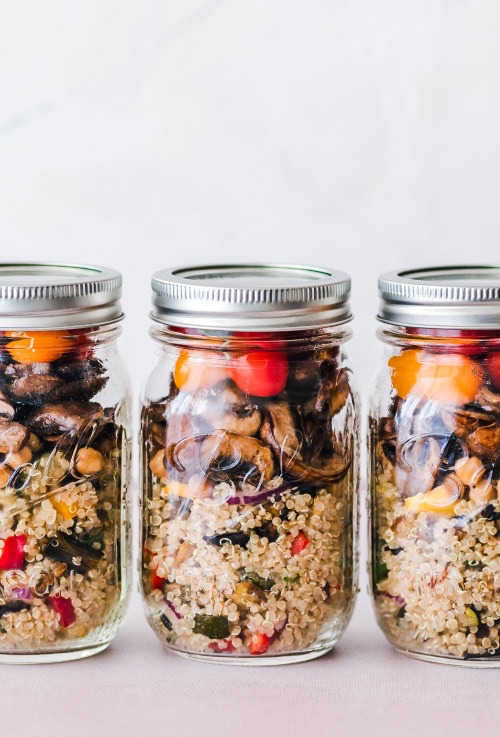
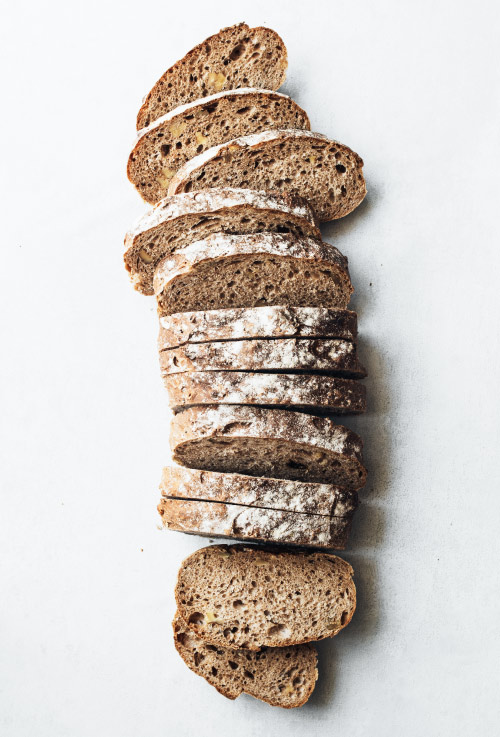

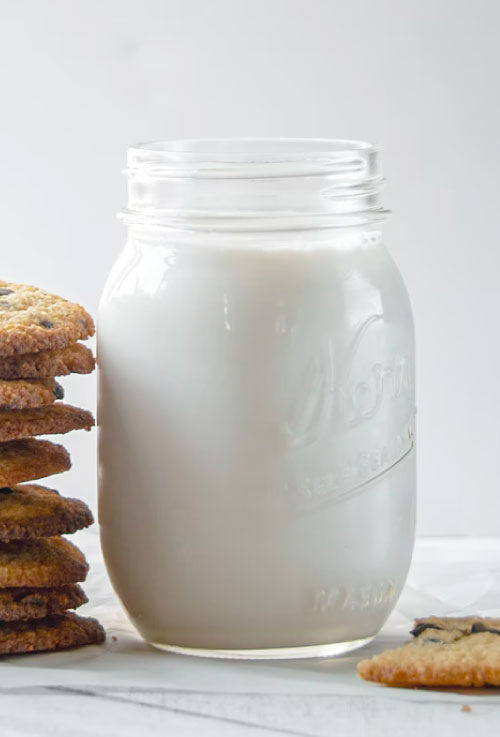
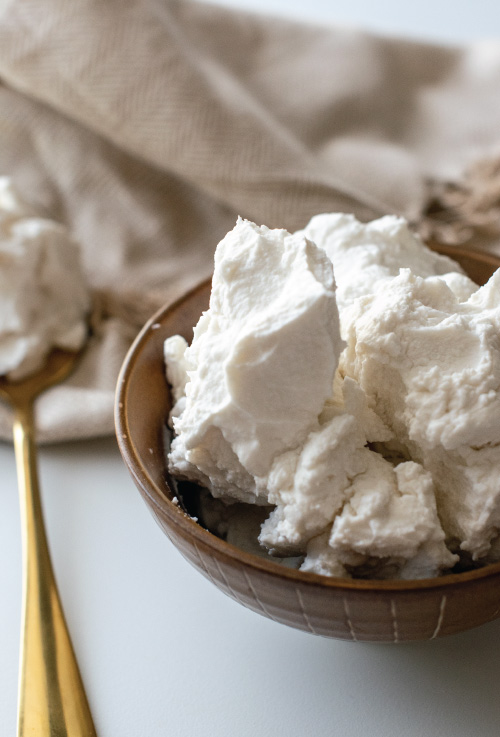


How To Clean Or Repair Your VP Motor Scooter Carburetor – ElectricBikeSimulator
Sunday 8th of January 2023
[…] carbohydrates, on the other hand, are clean carbohydrates that are also known as clean carbohydrates. According to Weight Loss for All, a website dedicated […]